Most games today still hide common, avoidable accessibility issues | PC Gamer - johnsonnoteduckers
Most games today still hide common, avoidable accessibility issues

Scheming for accessibility in games is about making the motivated depth and submergence available to the widest lay out of players. As disabled people bon, on that point has always been demand for this in games, and that demand isn't limited to a midget interview. Here's a great recent example: Sexy Hound published statistics showing 9.5 jillio players have used the accessibility options in Uncharted 4, a far larger total than some designers and players power take.
Accessibility Week
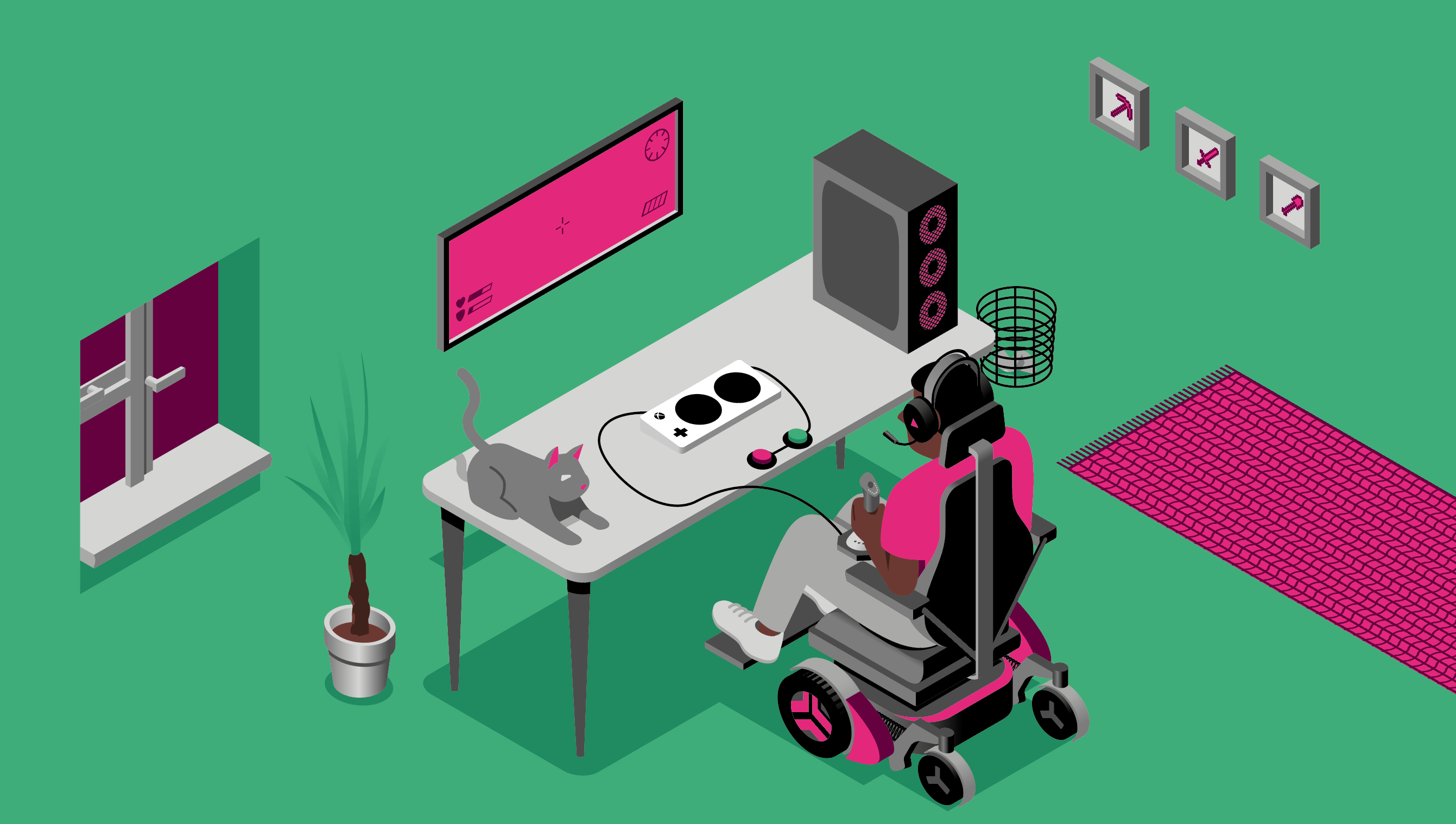
This feature is part of PC Gamer's Accessibility Week, running from August 16, where we'ray exploring accessible games, ironware, mods and many.
The idea that games are somehow non for a out of action audience only adds to the long slack dehumanisation of disability in general. As a designer myself I have failed to apply this knowledge to my own forg in the past, because I learned to design in some respects that didn't even mention accessibility as an issue, despite being disabled myself.
While the industry adapts, information technology's key to remember that there is no gross cocktail of accessible game design features that automatically makes a game full accessible. IT's impossible to predict every problem that may arise in every disabled player's have. Accessibility is a swear out of understanding multiple visions of a game.
Some of the biggest games now make this more of a focus during project, but developers big and itty-bitty calm stumble all over basic accessibility issues that every game could take up to account for.
Rethinking text
On-screen text is American Samoa old as play, and in most contemporary games it's inexplicit that subtitling for dialog is an essential alternative. It is definitely the have that I employment the most. According to Ubisoft's approachability coach, 95% of players of Faraway Cry: New Dawn, which starts with subtitles on by default, were happy to use them passim.
An important affair that is not factored in American Samoa oftentimes, expected because just having subtitles is seen As "decent" for deafen and hard of sense of hearing players, are the versatile problems with non-adjustable subtitles, and the inevitably of players who want subtitles for much just the scripted dialogue.
There are BASIC design rules and options for legibility which could be followed to stop games like Resident Evil Village presenting unattributed, unreadable titles on covered backgrounds. Or recent success Smasher Metropolis from presenting a barely readable bundle of text over the menu layout.
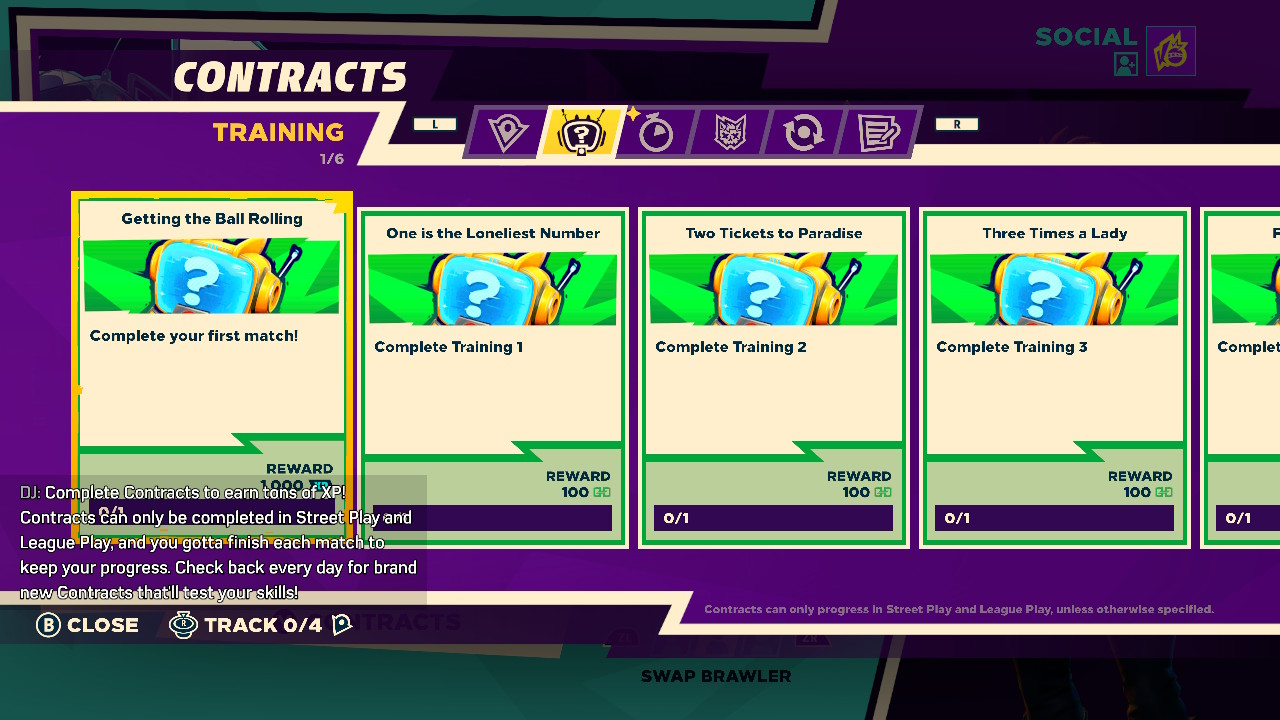
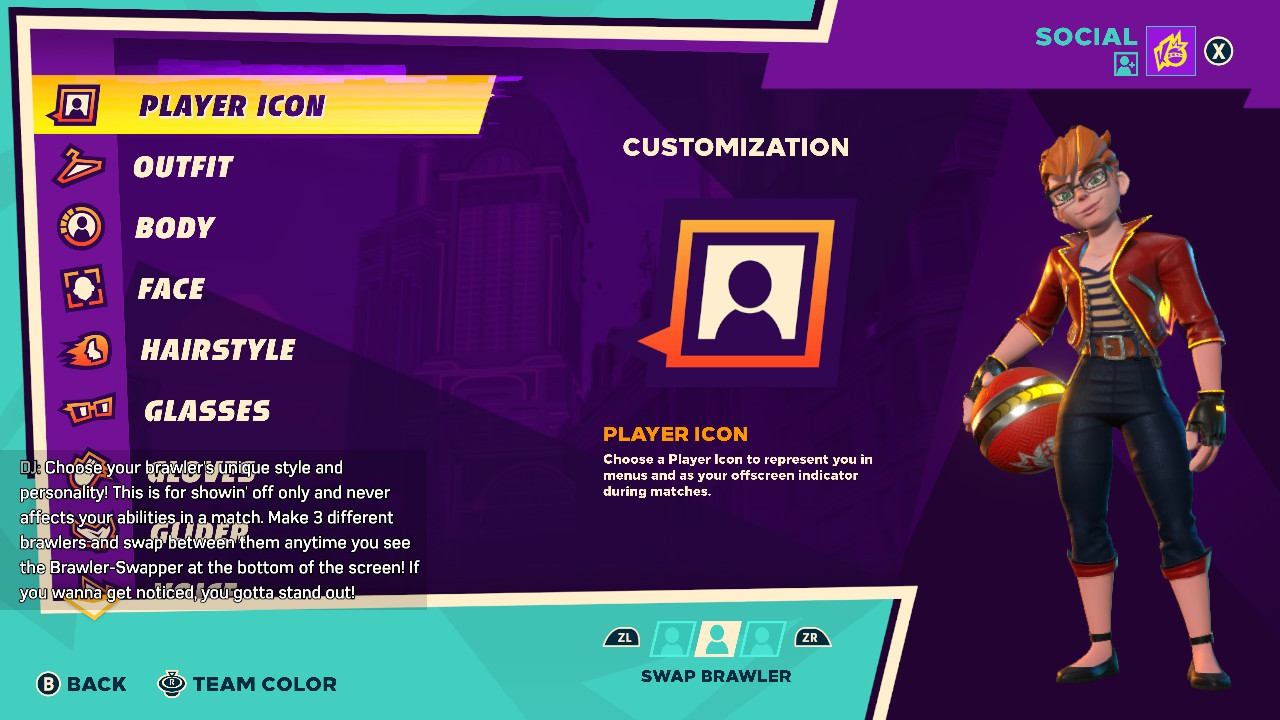
Having a toggleable walk-in dividing line background behind subtitles, placing them on a part of the screen that doesn't cover other text edition, and having font size controls as standard are starter kit options for devising subtitles truly accessible.
There are also many games where captions are absent. Captions are subtitles specifically for deaf and hard-of-hearing audiences that convey non-dialogue sound during cutscenes. The absence of well-written captions flattens sound design for these players. At that place have been recent advances in including captions in pregnant games, but this also means some games will try to deliver useful captions but get information technology wrong. The overly detailed captions in Marvel's The Avengers show a misapprehension of the feature.
Visual cues and icons for important sound events are at least decent many common in games nowadays. It would be emboldening to pick up all of these options become casebook in the unvarying way that Closed Captions have turn legal requirements for broadcast television and VoD with the input of their attached audience on the design.
Described Audio
Similar to how sound is translated into text, any text-supported element should equal able to be read aloud by a screen reader. This opens rising text edition-heavy game elements wish menus to visually dickey players.
Captions still aren't ubiquitous, and games are even less likely to include audio description soundtracks. This is a take off of the technology for visually injured players that should be basic; it improves the experience away giving these players descriptions of scenes and actions along with dialogue, helping them mentally picture the natural action playing out on riddle. Ubisoft partnered with Descriptive Video Plant to create one of the most prominent examples of described audio in games with Assassin's Creed Valhalla, and they're also functioning together along the upcoming Far Cry 6.
Sensory system adjustments
A great deal of visually afflicted players would benefit from a wide-cut range of alterations to the visuals of a game. The Last of Us 2, for example, could be hard to parse because it's full of muddy, dark locations. Only it comes with many options to alter the visual landscape, adding essential high levels of distinction between objects.
Designing for colour deficiency is some other area where the quality of the outcome depends happening having an sentience of varied ocular experiences from the start. Games which acquire truths close to a player's colour vision, and rely happening it mechanically, progress to themselves inaccessible by design, as in the coloured indicators of Resident Evil Settlement's health bar, which merely dart red, orangeness or green.
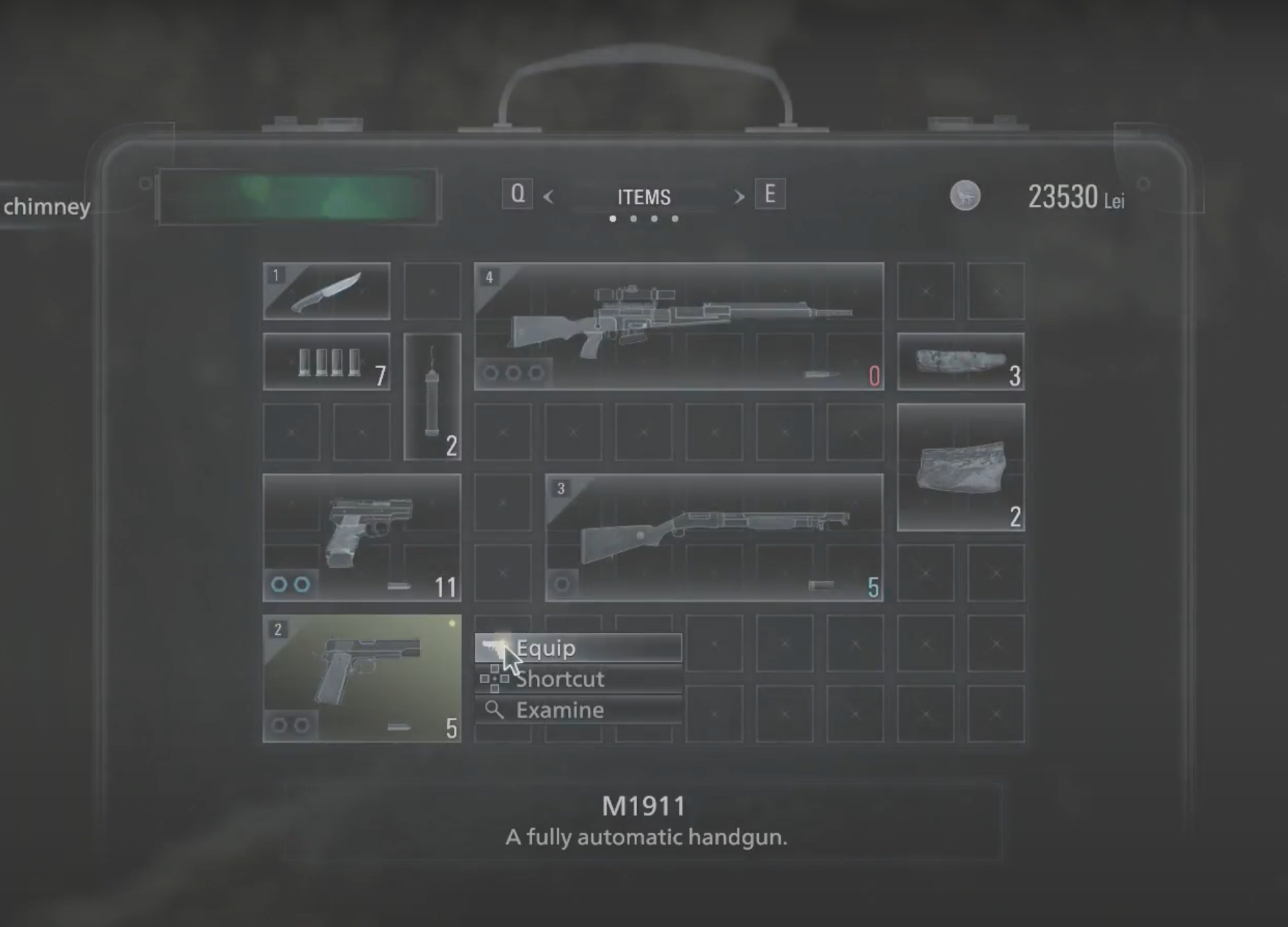
A prime example of how you can sport accessibility options and still create a fundamentally inaccessible game is in the way Hacker 2077 deals with visual phenomena. Cyberpunk 2077 has dedicated colour cecity options, but was free to reviewers without an understanding of (or warning about) the dangers of flashing light animations that can trigger epileptic players, as Liana Ruppert reported for GameInformer. The next step from the studio was to work with Ruppert to make up a safer game, but it shouldn't induce come to it. No major studio should be releasing a game with such little awareness of seizure dangers.
Key mapping and toggles
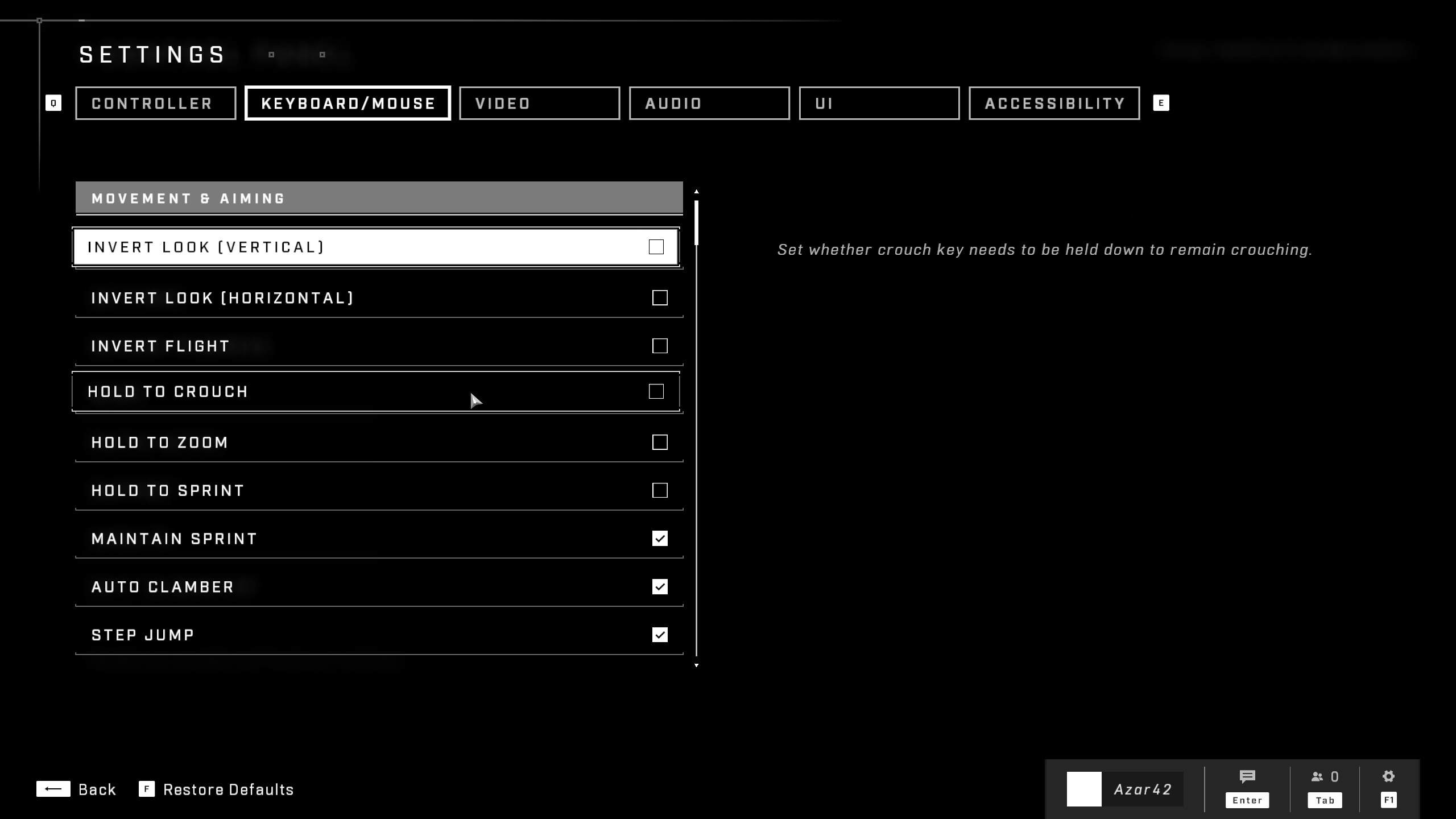
The physical ability that players have to interact with games is another major factor live, and PC games have womb-to-tomb had options like cardinal stimulus mapping to let players optimize how they interact with a game. Input options allow a lot of masses to access a game in a sense that isn't a tense up on their body.
Another helpful simply underutilised option: toggle actions.
A circumstances of games include play designed around changing a mode of litigate (think aiming down a barrel) or a constant action (like sustained movement) which require property an input in place for the duration of the action. This isn't assertable for some players, and beingness able to toggle these actions on or off instead tin stop games from being unplayable for them. Cyberpunk 2077 likewise represents the ultimate in games requiring modding and script hacking, in a very cyberpunk way, in order to leave things like toggles.
On/off switch options added in an expansion to Control in 2020 brought a whole new type of access to the mettlesome, and are evidence of studios coming to understand that the handiness needs of different players bathroom still be self-addressed post-outlet. With distant more updates like Control's, common frustrations for disabled players could become something of the prehistorical.
For players looking for top calibre accessibility reviews of recent big releases check out the work of Can I Play That? American Samoa linked to in the examples in a higher place.
Source: https://www.pcgamer.com/most-games-today-still-hide-common-avoidable-accessibility-issues/
Posted by: johnsonnoteduckers.blogspot.com


0 Response to "Most games today still hide common, avoidable accessibility issues | PC Gamer - johnsonnoteduckers"
Post a Comment